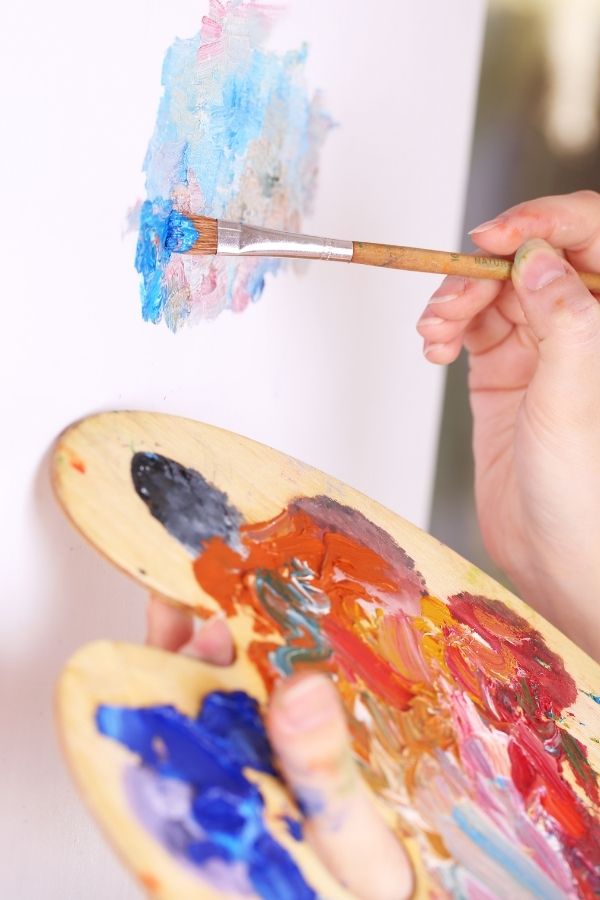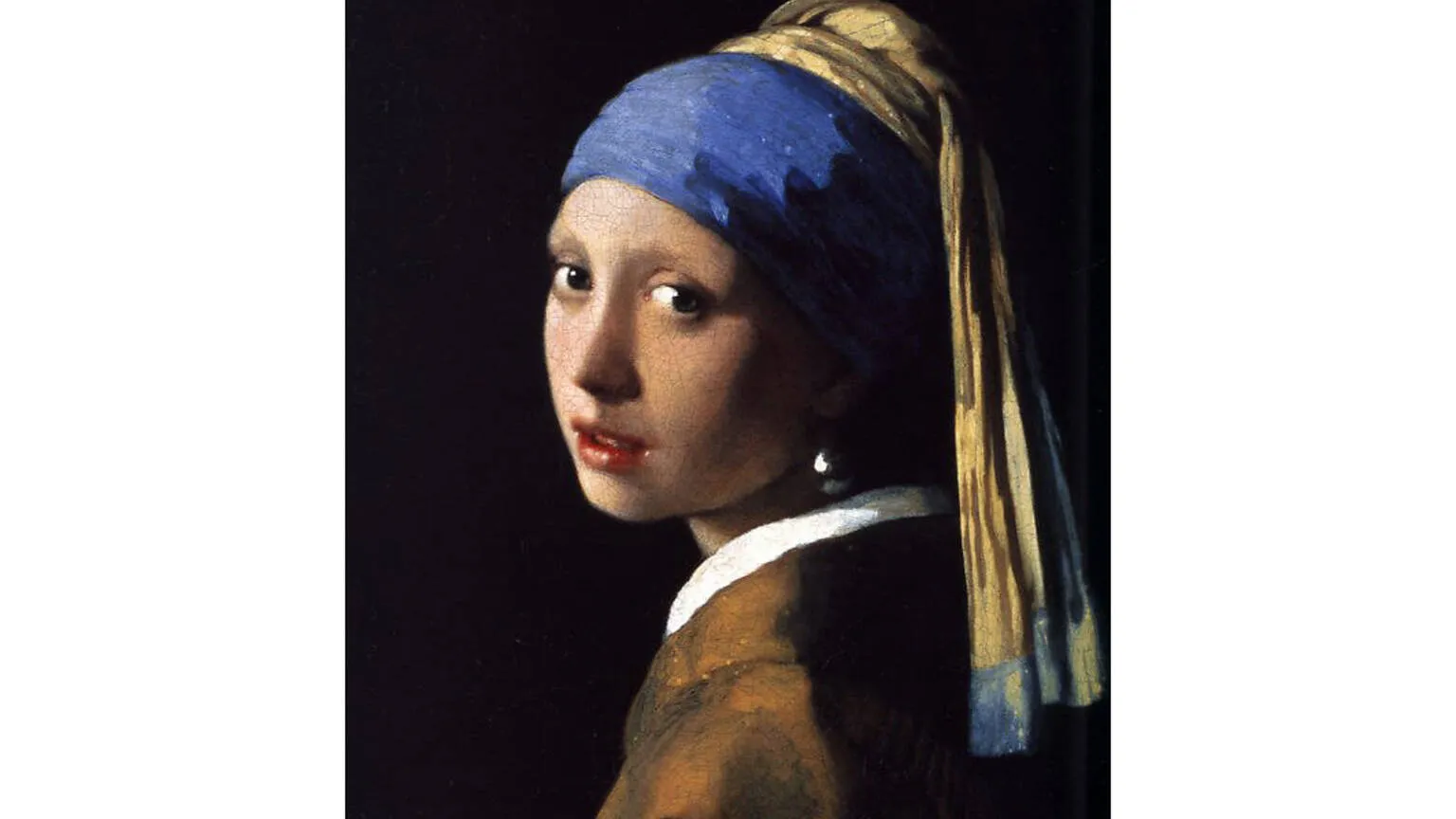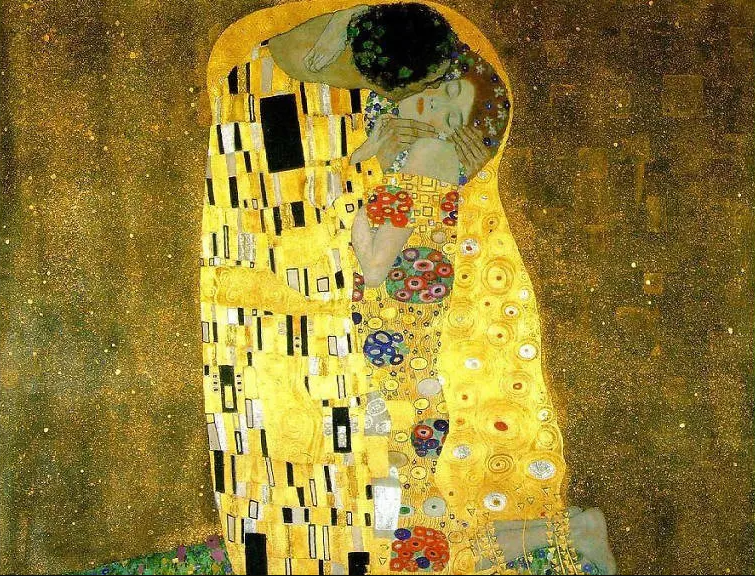Beginner Oil Painting Guide: Essential Tips to Get Started
Are you ready to dive into the world of oil painting but unsure where to begin? Welcome to the exciting journey! While starting out may seem daunting with the array of materials, techniques, and artistic methods to grasp, don’t worry—you’re not alone. This beginner oil painting guide will lay the groundwork you need to begin confidently.
Whether you’re a complete novice or someone seeking essential tips, this guide will set you on the right path. Here’s how to approach oil painting as a beginner and grow your skills steadily.
Adopt the Right Mindset as a Beginner
Oil painting is a challenging yet rewarding medium. It’s common to feel overwhelmed in the beginning, especially after your first attempt. Don’t be discouraged! Feeling unsure at first is entirely normal. The key is patience and consistency. Concepts that initially seem overwhelming will eventually become second nature with practice.
Start by giving yourself time to learn and absorb new techniques. Instead of rushing to become a master, understand that growth takes time. So, take a deep breath, stay persistent, and allow yourself to enjoy the process.
Find a Qualified Oil Painting Teacher
One of the best ways to learn is under the guidance of an experienced teacher. Search for local oil painting classes or workshops in your area. These structured environments can provide valuable hands-on experience. If in-person classes aren’t available, online courses are a great alternative.
For example, The Foundational Painter, a masterclass for beginners, can guide you step-by-step through the fundamentals. Learning from great artists—like Velazquez, Vermeer, or Piero della Francesca—by studying their work is another excellent way to improve. Google Arts & Culture offers high-resolution images of famous artworks that are perfect for study.
Create a Consistent Painting Schedule
Consistency is vital to improving your oil painting skills. Dedicate at least one day a week to practice, and if possible, set aside more time. Regular practice helps build a foundation, enabling you to develop and apply new techniques over time.
Avoid the trap of painting intensively for a short time and then stopping altogether. Painting 30 hours in one week only to take a long break afterward won’t help your progress. Start with manageable, regular practice to build momentum, and stick to it.
Gather Your Essential Oil Painting Materials

Before jumping in, you’ll need to gather your essential painting tools. A key tip for beginners is to start with a limited palette. This reduces the complexity of mixing colors and helps you focus on values, which are crucial to mastering oil painting. Begin with basic colors like white, yellow ochre, ultramarine blue, burnt umber, and cadmium red. This limited palette forces you to concentrate on contrasts and tonal values instead of being overwhelmed by color choices.
Remember, in painting, if your values are right, your artwork will hold up even if the colors are slightly off. However, if your values are wrong, even perfect color won’t save the painting. This is why starting with a limited palette helps refine your understanding of light and shadow.
Choose the Right Easel for Your Painting Style
There are several types of easels on the market, so it’s essential to choose one that fits your needs. If you prefer painting outdoors (plein air), look for a portable easel. For studio work, a heavier and more stable studio easel may suit you better. Some easels are versatile and allow for both outdoor and studio use.
Before making your purchase, consider your painting preferences, and make an informed decision based on where you’ll be working the most.
Practice with Big Brushes and Plenty of Paint
One of the most common mistakes beginners make is using small brushes and too little paint. This limits your ability to create bold, expressive strokes. By using large brushes, you prevent yourself from getting bogged down in unnecessary details. Instead, you’ll focus on the bigger picture, which is essential when you’re starting.
Don’t be afraid to use a lot of paint either! The tactile quality of oil paint allows for rich textures and layers, so embrace it. By practicing with generous amounts of paint, you’ll quickly improve your technique and gain a better understanding of how to manipulate the medium.
Make Plenty of Starts
Another effective strategy for learning is to make many “starts”—the initial stages of a painting. This phase involves blocking in the shapes, values, and major colors of a composition. Instead of focusing on finishing a single painting to perfection, concentrate on starting new ones. Making many starts allows you to practice setting up a composition, which is a crucial skill. Once you’ve mastered this stage, you’ll find it easier to move on to more detailed work.



